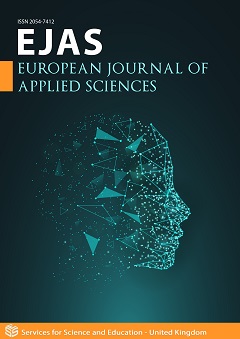In vitro Susceptibility to Herbal Extracts of Biofilm-Forming streptococci from otitis Media
DOI:
https://doi.org/10.14738/aivp.115.15419Keywords:
herbal extracts, streptococci, susceptibility, biofilmAbstract
Acute otitis media is frequent infection in children. Complications in bacterial otitis media (AOM) are caused mainly by streptococcal species Streptococcus pneumoniae and Str. pyogenes. Bacterial resistance to commonly used antibiotics is a growing problem in the treatment of this infection, especially when the antibiotic-resistant bacteria form a biofilm. Biofilm increases the resistance of bacteria against antibiotics and immune mechanisms and complicates treatment of infection. This problem leads to search for other therapeutic options. Nature is an attractive source of natural substances including herbal extracts with immunomodulating, anti-bacterial and anti-viral effects. Clinical isolates (16) from acute otitis media cases in children (Dr. Hupková and Dr. Bukovský, Comenius University in Bratislava, Slovakia) were kindly supplied to our laboratory for further analyses. Nine strains (9) of the species Str. pneumoniae and seven strains (7) of the species Str. pyogenes were analyzed. Streptococci were susceptible to antibiotics tested. Resistance in both species was observed to oxacillin and rifampicin. Two strains SPY 112, SPY 114 were characterized as multi-resistant. Str. pyogenes strains produced complete (β)-hemolysis and Str. pneumoniae strains incomplete (α)-hemolysis. They mostly showed biofilm formation ability evaluated as highly – positive and/or low-grade positive. All tested streptococci were susceptible to oregano and sage with the medium – size and high – size of inhibitory zones. Oregano and sage herbal extracts are indicated as effective bioactive substances with antimicrobial activity and could be used in the prevention or as supportive treatment in infection caused by biofilm – forming bacterial strains.
Downloads
Published
How to Cite
Issue
Section
License
Copyright (c) 2023 Anna Kandričáková, Eva Bino, Andrea Lauková

This work is licensed under a Creative Commons Attribution 4.0 International License.






